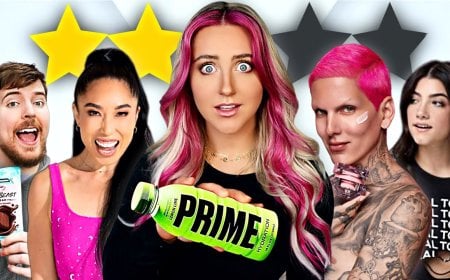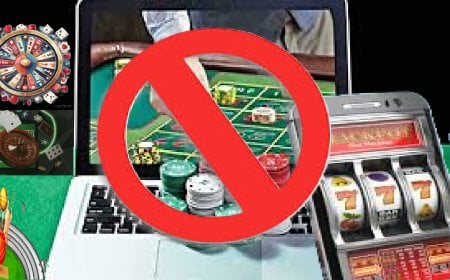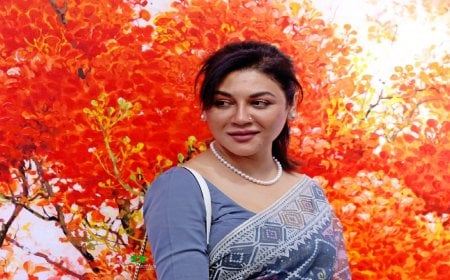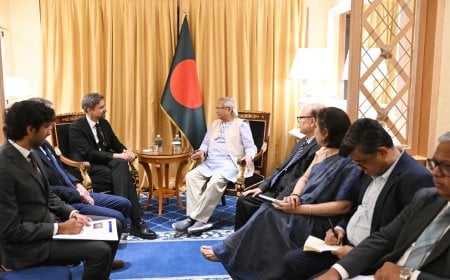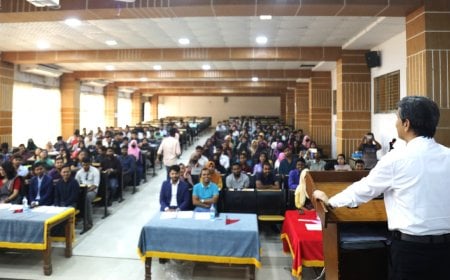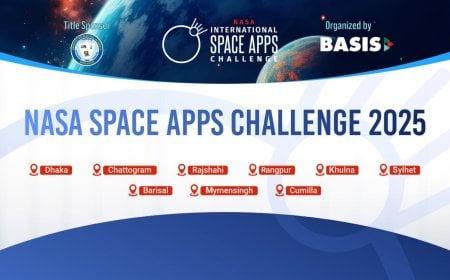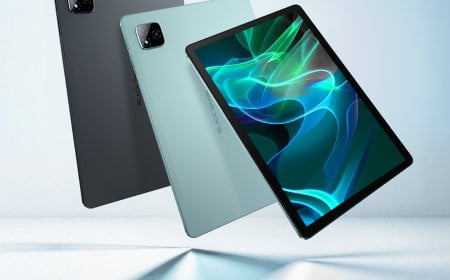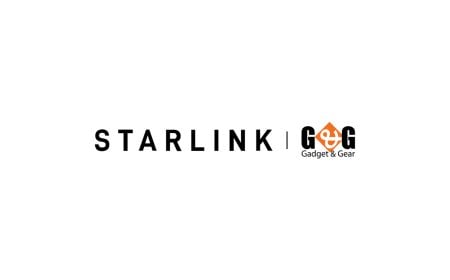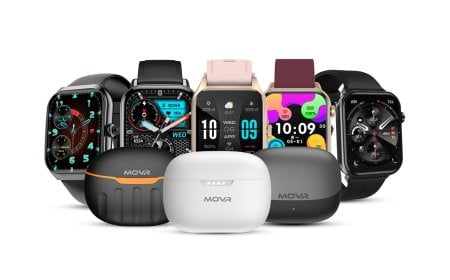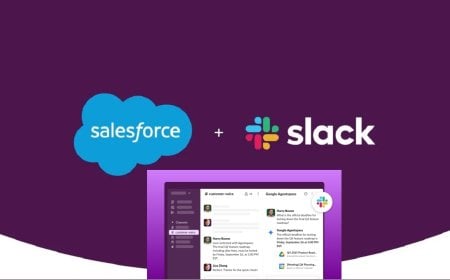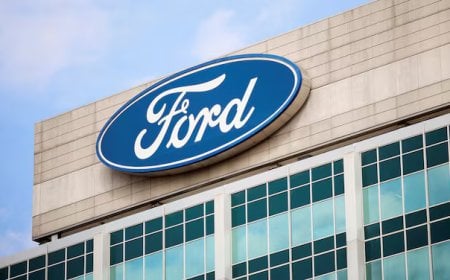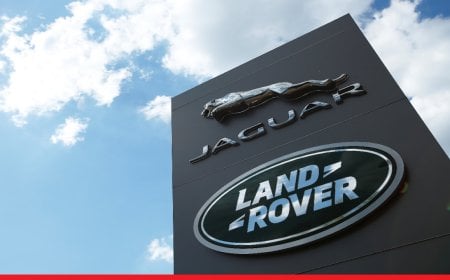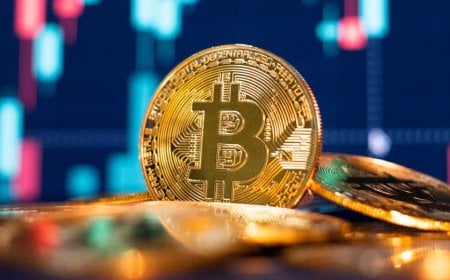YouTube’s Young Tycoons: Creators Turn Fame into Flourishing Empires
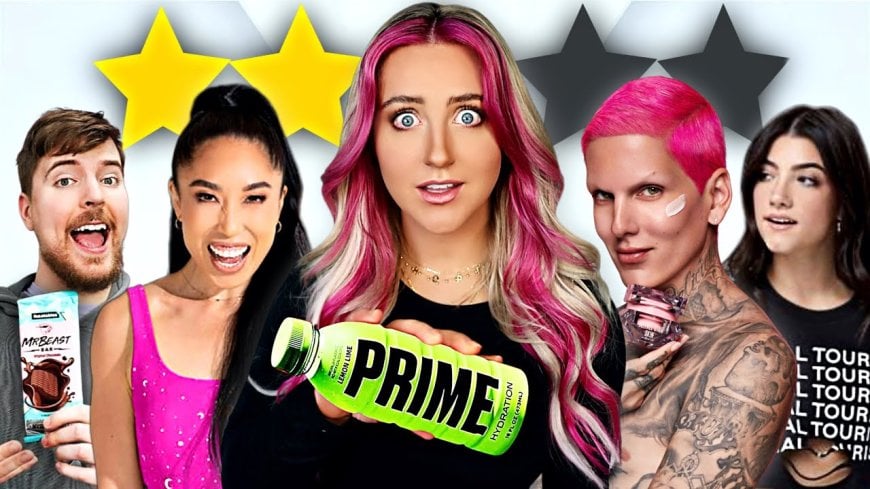
YouTube has evolved far beyond a platform for entertainment — it has become a vast global marketplace for creative talent. According to recent reports, the platform’s creative economy contributed nearly $55 billion to the U.S. GDP and generated about half a million full-time jobs, as revealed by YouTube authorities and reported by TechCrunch.
However, many YouTubers are no longer relying solely on ad revenue or brand deals. Frequent policy and algorithm changes have made advertising income unpredictable, with even a single non-viral video impacting monthly earnings. To counter this instability, creators are now building independent business empires — with YouTube serving primarily as their promotional stage.
Among the most striking examples is MrBeast (real name Jimmy Donaldson), the world’s most popular YouTuber with over 442 million subscribers. He launched his online apparel store Shop MrBeast in 2018, marking the beginning of his entrepreneurial journey. His chocolate brand, Feastables, has become one of the most successful creator-owned ventures. In its first week, the “MrBeast Bar” sold over one million units, generating more than $10 million in revenue. In 2024, Feastables reported $250 million in revenue and $20 million in profit — despite MrBeast spending around $80 million producing his YouTube content. He is now expanding into mobile services and fintech, having filed trademarks for his own mobile app and cryptocurrency services.
Similarly, Emma Chamberlain, who rose to fame as a teenage YouTuber in 2016, has become a thriving entrepreneur. Her brand Chamberlain Coffee — launched online in 2019 — earned $20 million in 2023 and is projected to surpass $33 million in 2025. After years of selling online and through major retailers like Target and Walmart, she recently opened her first physical café.
Controversial YouTuber Logan Paul has also successfully transitioned into business. His energy drink brand Prime, co-founded with UK YouTuber KSI, sold beverages worth $1.2 billion in 2023. Despite a 70% sales decline in the UK in 2024, Prime remains among the top creator-driven brands. Paul’s apparel label Maverick Apparel generated $30–40 million in 2020, while his brother Jake Paul’s venture capital fund Anti Fund has invested in major firms such as OpenAI, Anduril, and Cognition.
Thirteen-year-old Ryan Kaji, star of Ryan’s World, continues to dominate the children’s market. His toys and apparel generated over $250 million in 2020, and his family now produces educational apps and TV shows for kids.
Popular baking YouTuber Rosanna Pansino built her Nerdy Nummies brand from her online fame, publishing cookbooks and selling baking tools through Amazon and retail outlets. Likewise, Andrew Rea launched Binging with Babish Cookware, while duo Rhett & Link created their cereal brand Mythical Mornings.
Among the early beauty influencers, Michelle Phan gained fame in 2007 for her makeup tutorials and later co-founded IPSY, a beauty subscription service, alongside her own brand EM Cosmetics. Meanwhile, Middle Eastern-American entrepreneur Huda Kattan founded Huda Beauty in 2013, which has grown into one of the world’s leading cosmetic brands. After selling a portion of her company in 2017, she reacquired full ownership in 2024; the brand now generates hundreds of millions in annual revenue.
These examples underscore a defining shift — YouTube fame is no longer confined to view counts or ad revenue. The platform has become a launchpad for a new generation of entrepreneurs, who are transforming creativity into enduring business empires that outlast YouTube’s ever-changing algorithms.




















